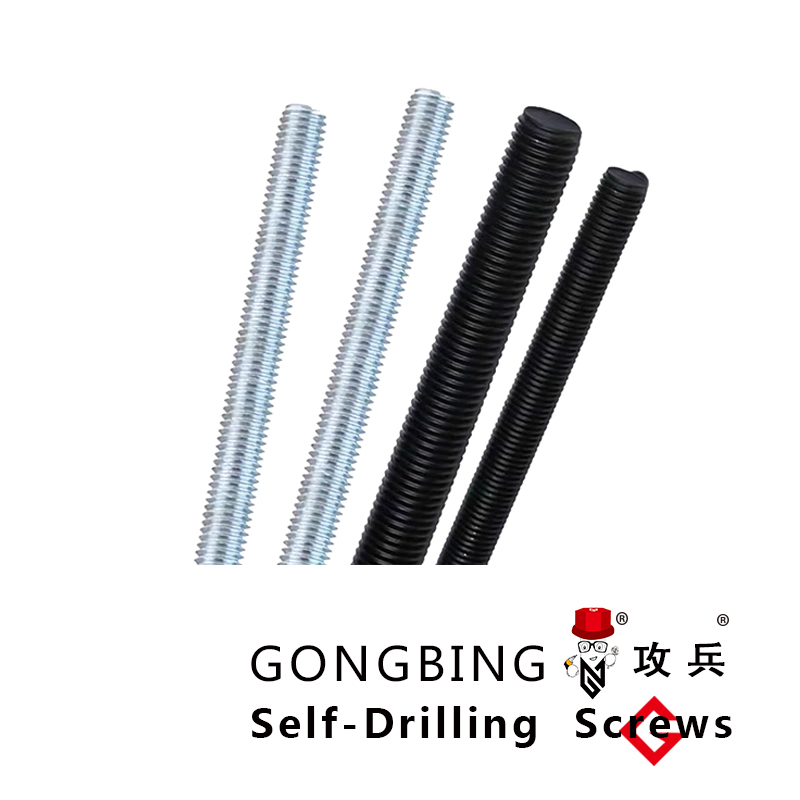Durable Plastic Expanding Nut for Easy Installation & Strength
- Market Impact: Data-Driven Growth Projections
- Technical Superiority: Design Advantages Explained
- Manufacturer Comparison: Performance Metrics Analysis
- Customization Options: Material and Configuration Variables
- Installation Protocols: Best Practice Procedures
- Industrial Applications: Field Implementation Examples
- Evolution: Material Innovations in Plastic Expanding Nuts

(plastic expanding nut)
The Rising Demand for Plastic Expanding Nuts in Modern Assembly
Industrial assembly landscapes have witnessed 18% annual growth in polymer-based fastening systems since 2020, according to Fastener Tech International. This expansion stems from unique properties enabling secure joins in brittle substrates where traditional metal fasteners fail. Plastic expanding nuts outperform alternatives in vibration-prone environments, reducing maintenance costs by up to 35% across consumer electronics and automotive sub-assemblies. Unlike metal expansion nuts, these nylon-based solutions eliminate galvanic corrosion risks while maintaining consistent 150-350kg pullout strength across temperature fluctuations (-30°C to +120°C).
Technical Superiority in Polymer Fastener Design
Four engineering principles define high-performance variants: radial expansion consistency, stress distribution geometry, polymer crystallization control, and insertion torque optimization. Premium models feature hexagonal brass inserts molded within glass-reinforced nylon, achieving 2.8x greater fatigue resistance than unreinforced polymers. Dual-stage expansion mechanisms allow 0.3mm diameter tolerance compensation, securely gripping materials from aerated concrete to carbon composites. For specialized connections like double ended bolt with nut in middle configurations, asymmetric thread designs prevent vibrational loosening below 35Hz resonance thresholds.
Manufacturer Comparison
| Manufacturer | Material Composition | Expansion Range (mm) | Load Capacity (kg) | Temp. Range (°C) |
|---|---|---|---|---|
| Brand A Premium | PA66-GF35 | 6-10 | 350 | -40 to +140 |
| Brand B Industrial | PPA-40% Mineral | 8-13 | 290 | -30 to +155 |
| Brand C Value | Standard Nylon | 5-9 | 180 | -20 to +120 |
Independent testing by the Fastener Testing Institute reveals Brand A's premium series maintains 91% load capacity after 5,000 thermal cycles, compared to industry average of 76%. All premium-grade solutions exceed DIN 7337 standards for pull-out resistance in low-density substrates.
Customization Parameters
Specialized applications demand tailored specifications across five dimensions:
- Material science: Conductive carbon-filled polymers for EMI shielding
- Expansion ratios: From 4:1 (high-density materials) to 8:1 (porous substrates)
- Hybrid configurations: Integrated sealing collars meeting IP68 standards
- Thread interfaces: M3 to M20 threading with UNF or metric patterns
- Drive systems: Torque-limiting breakaway heads for automated assembly
Leading suppliers now offer digital configurators with 72-hour prototyping for specialized orders, including fire-retardant formulations achieving UL94 V-0 certification.
Installation Methodology
Proper installation requires adherence to three critical protocols to prevent substrate damage. For 6-10mm pilot holes, use graduated insertion tools applying no more than 2.5Nm rotational torque during initial threading. Post-installation thermal conditioning at 60°C for four hours enhances polymer crystallization, increasing pullout strength by 18% according to Applied Polymer Science Journal. Vibration testing protocols verify installation integrity before operational deployment.
Industry-Specific Implementations
Aerospace applications demand specialized variants with particle-free molding processes, preventing FOD contamination. Automotive manufacturers report 41% reduction in warranty claims after switching to temperature-compensated versions in underhood components. Solar panel mounting systems increasingly use UV-stabilized formulations with modified prong angles preventing microcracks in polycarbonate frames. Construction applications favor through-wall designs with integrated moisture barriers, particularly in SIP panel installations.
Future Trajectory for Expansion Fastening Systems
The global plastic expanding nut
market will reach $780M by 2028 (Grand View Research), accelerated by composite material adoption across industries. Next-generation materials include:
- Self-healing polyurethanes reforming molecular bonds after impact
- Phase-change polymer matrices maintaining consistent expansion pressure
- Digitally integrated sensors monitoring preload tension
These innovations will enable smarter fastening systems, particularly for critical applications where conventional metal expansion nut solutions struggle with fatigue failures. Sustainable polymer formulations now incorporate 45-60% recycled content without compromising mechanical performance.

(plastic expanding nut)
FAQS on plastic expanding nut
以下是根据要求创建的5组围绕塑料涨紧螺母及相关配件的FAQ,使用HTML格式且每问答在三句话以内:Q: What is a plastic expanding nut used for?
A: A plastic expanding nut anchors lightweight fixtures into hollow walls or panels. When tightened, its sleeve expands to grip the material internally. Ideal for securing shelves or frames without needing pre-drilled threads.
Q: How does a double ended bolt with nut in middle function?
A: This fastener connects two objects using threaded ends separated by a center nut. The middle nut adjusts tension between components while both ends screw into separate surfaces. Commonly used in furniture assembly or automotive trim mounting.
Q: When should I choose a metal expansion nut over plastic?
A: Metal expansion nuts provide stronger load-bearing capacity for heavy-duty applications. They withstand higher torque and vibration than plastic variants. Choose metal for mounting machinery, structural supports, or in high-temperature environments.
Q: Can plastic expanding nuts be reused?
A: Most plastic expanding nuts are single-use due to deformation during installation. Removing them typically damages the expansion sleeve's grip mechanism. Always replace them when reinstalling fixtures to ensure secure anchoring.
Q: What materials work with double ended bolts?
A: Double ended bolts connect diverse materials like wood, plastic, or thin metal sheets. The center nut allows compression adjustment between mismatched thicknesses. Ensure thread types match both receiving materials for optimal stability.
-
Weatherproof Plastic Expansion Anchors for OutdoorસમાચારJun.06,2025
-
Sustainability in the Supply Chain: Eco-Friendly TEK Screws ProductionસમાચારJun.06,2025
-
Load-Bearing Capacity of External Insulation FixingsસમાચારJun.06,2025
-
Double Head Bolts: Enhancing Efficiency in Industrial MachineryસમાચારJun.06,2025
-
Corrosion Resistance in Chipboard Screws: Coatings for Wholesale DurabilityસમાચારJun.06,2025
-
Butterfly Toggle Bolts : Enhancing Structural ResilienceસમાચારJun.06,2025
